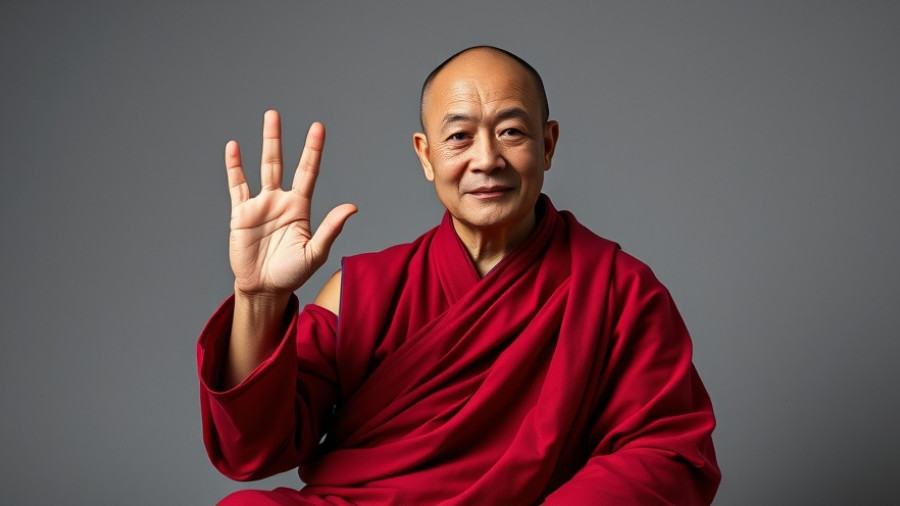
The Transformative Power of RAIN Meditation
In a world where anxiety feels like an ever-present shadow, the RAIN meditation method emerges as a beacon of hope. Developed by Michele McDonald and popularized by Tara Brach, RAIN—an acronym for Recognize, Allow, Investigate, and Nurture—invites us to cultivate emotional resilience and self-awareness. In this article, we explore how applying these four gentle steps can lead to profound transformation of our relationship with anxiety.
Step 1: Recognize and Step Back
The journey begins with recognition, a simple yet powerful act of becoming aware of our current experience. Picture this: You're deeply engrossed in a film when suddenly, a knock at the door pulls your attention away. Similarly, acknowledging anxiety allows us to break its spell over us, creating a necessary distance that opens the door to emotional freedom. This recognition isn’t meant to provoke a reaction or to change the situation; it’s the first step towards true awareness. As Tara Brach reminds us, "Awareness is the first step in healing." Without it, we can easily slip into unhelpful coping mechanisms—distraction, overeating, or negative self-talk. But, as in diagnosing a car's issues, identifying the root cause of our distress is essential for meaningful change.
Step 2: Allowing Your Feelings to Be
Next, we encounter the concept of allowing. When we face anxiety, it's all too easy to push against it, wishing it away. Allowing means gently softening our resistance, a surrender to the experience instead of explosive defiance. “Let it be” becomes our invitation to acknowledge that this emotion exists and requires no further justification. It doesn’t mean we welcome anxiety, but rather recognize that it’s a valid part of our human experience. Flight isn’t the solution; we are asked to float along with it—a bit like surfing a wave instead of swimming against the current. As the Zen proverb suggests, "Sitting quietly, doing nothing, spring comes, and the grass grows by itself." Sometimes the best action is simply to be present.
Step 3: Investigate with Curiosity
Once we’ve recognized and allowed our feelings, the next step is investigation. Approach it with a child-like curiosity, asking about the shape and elements of our anxiety. What thoughts accompany this feeling? What physical sensations arise? The triangle of awareness—thoughts, emotions, and body sensations—serves as a vital framework here. By deconstructing these experiences, we shine a light on the intricacies of our anxiety, fostering a deeper understanding that allows room for healing.
Step 4: Nurture Yourself in the Process
Finally, nurturing leads us toward self-compassion. This final step invites us to treat ourselves gently, acknowledging the courage it takes to face anxious moments. We learn to replace criticism with kindness, prayer, or affirmation. As the poet Rumi beautifully states, "The wound is the place where the Light enters you." Embracing this nurturing phase fosters self-love and acceptance, reminding us that we deserve compassion just as we extend it to others.
Making RAIN a Regular Practice
Integrating RAIN meditation into daily life forms a nurturing habit, empowering us to face anxiety with grace. The cumulative effect of these small, mindful practices can lead to profound transformations in both behavior and mindset over time. Imagine the relief of stepping back from your worries, welcoming your feelings, exploring them, and embracing your true self. Our lives can flourish when we approach adversity with curiosity and compassion.
As we journey through the ups and downs of life, let us remind ourselves that even amidst uncertainty, we have the tools to navigate our emotions wisely. Glimmers of peace and joy are always within reach—waiting for us to uncover through the art of RAIN meditation. As you embrace these steps, take a moment to engage in this practice that can transform not only your relationship with anxiety but with yourself.
 Add Row
Add Row  Add
Add 




Write A Comment